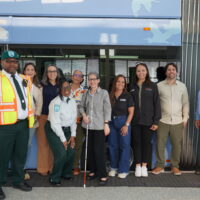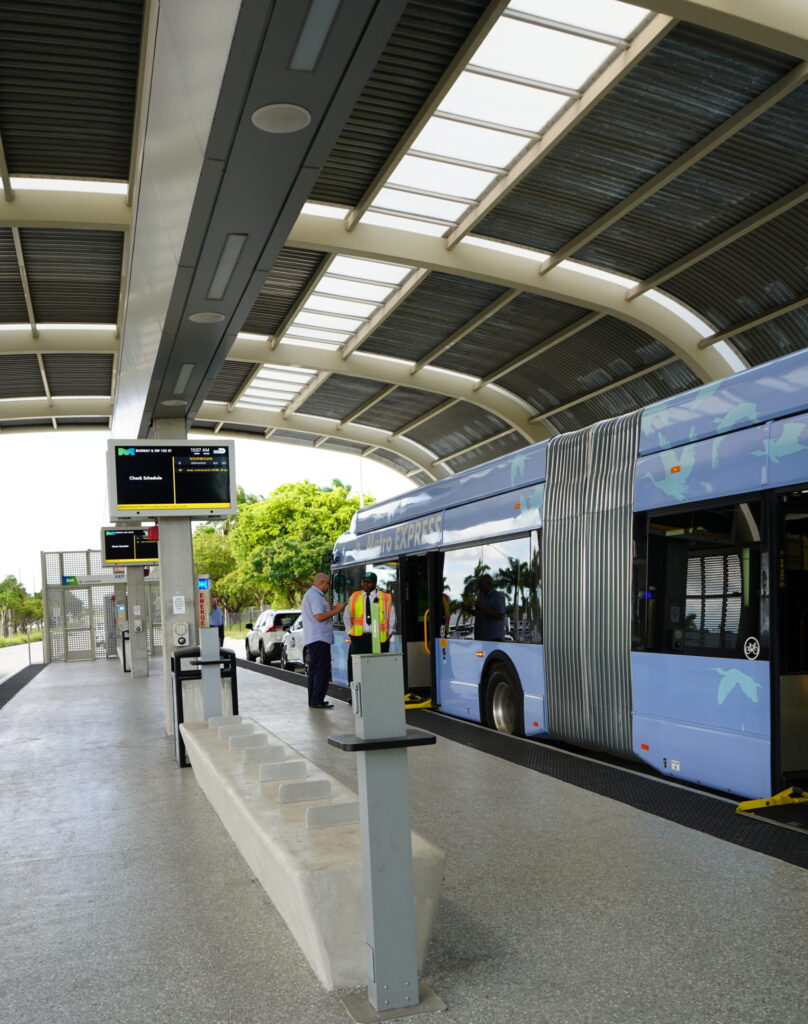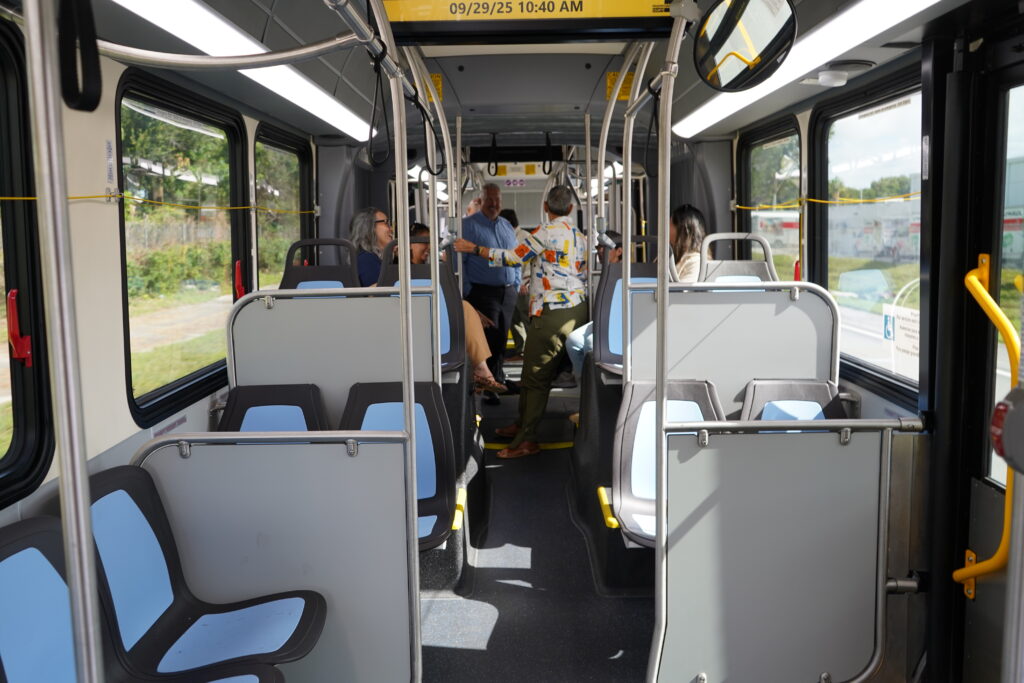Building Accessibility Into Transit: Our Visit to the New Coral Reef Drive Station

Last week, the Advocacy Network on Disabilities team toured the new Coral Reef Drive Transit stop, part of Miami-Dade County’s South Dade TransitWay Bus Rapid Transit (BRT) corridor.
As Miami expands its public transportation network, we’re making sure accessibility and inclusion are built in from the start — not added later. Our visit focused on identifying ways the new station can better serve riders with disabilities and reflect true universal design.

Why We Were There
The South Dade TransitWay stretches nearly 20 miles, connecting Dadeland South Metrorail Station to Florida City. Once complete, the system will feature faster buses, modern shelters, and improved sidewalks to make transit easier for thousands of daily riders.
Our team was invited to tour the Coral Reef Drive station to review accessibility elements and offer practical feedback. During the walkthrough, we focused on how the design can support people with physical, sensory, and cognitive disabilities in their day-to-day use of public transit.
Key Accessibility Recommendations
Our recommendations aim to help make the Coral Reef Drive station a model for inclusive transit in Miami-Dade:
- Level boarding between the platform and bus for easy wheelchair and stroller access
- Audible voice announcements inside buses and at the station to clearly identify upcoming stops and service changes for riders who are blind or have low vision
- Digital display screens showing next departures and emergency updates for individuals who are Deaf or hard of hearing
- Consistent tactile paving (truncated domes) along platform edges and crossings
- Accessible curb ramps and smooth, wide paths with proper slopes and turning space
- High-contrast, glare-free signage for better visibility in bright Florida sunlight
- Adequate lighting and weather protection, including extended canopies and shaded seating areas
- Accessible seating options with armrests and space for mobility devices
- Safe pedestrian crossings with long enough signal timing and audible alerts
- Clearly marked, accessible pathways connecting sidewalks, crosswalks, and the station platform
- Emergency communication systems usable by all riders, including those with hearing or speech impairments
Why It Matters

Accessibility isn’t only about compliance with the Americans with Disabilities Act (ADA) — it’s about equity and independence. When stations are designed to meet everyone’s needs, more people can travel safely, confidently, and with dignity.
Inclusive design also benefits parents with strollers, older adults, and travelers carrying luggage — proving that accessibility helps everyone.
Our Ongoing Commitment
We thank Miami-Dade County and the South Dade TransitWay project team for collaborating with us and valuing input from the disability community. We’ll continue to work together to ensure that accessibility standards, community feedback, and universal design principles are implemented throughout the project.
At the Advocacy Network on Disabilities, we believe that when accessibility is built in, everyone moves forward.



